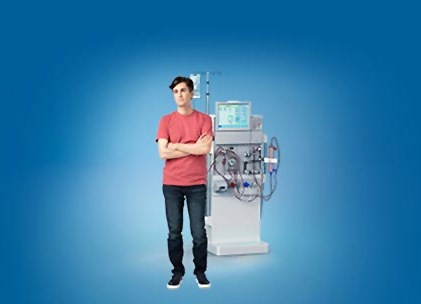

Managing PH1
Current management approaches to PH1 aim at enhancing clearance of oxalate, inhibiting oxalate crystallization, or lowering oxalate production by the liver. 1-3
medical management options
PH1 medical management is based on the provider’s assessment of each patient.
Current management approaches to PH1 aim at enhancing clearance of oxalate, inhibiting oxalate crystallization, or lowering oxalate production by the liver.1-3
- Hyperhydration2
- Recommend daily fluid intake of ≥2-3L/m2 of body surface area aims to reduce urinary calcium oxalate crystallization2
- Alkali citrate2,3
- Inhibits calcium oxalate crystallization2,3
- High-Dose Pyridoxine (Vitamin B6) Therapy1,3,4
- Can act as an AGT co-factor, which may increase residual AGT enzyme activity and reduce oxalate production by the liver in some patients1,3
- A small subset of patients with PH1 may respond to vitamin B61,3,4
- RNA interference (RNAi) Therapeutics5-7
- Binds to messenger RNA of enzymes involved in oxalate production, preventing their expression via the RNAi pathway5-7
- DIALYSIS STRATEGIES IN PH1 MANAGEMENT1,3,8,9
- To reduce plasma oxalate levels, PH1 patients with compromised kidney function may require up to 6 hemodialysis sessions per week, which may need to be combined with continuous peritoneal dialysis1,3,8,9
- Dialysis may either serve as a bridge to transplantation or as an adjunct therapy after liver-kidney transplantation1
- LIVER-KIDNEY TRANSPLANTATION
- Liver transplant addresses the defect that causes glyoxylate—an organic compound generated by the liver enzyme GO—to convert into oxalate2,3
- As kidney function declines, a kidney transplant may be required along with a liver transplant.1,3
Discover an FDA-Approved Treatment Option for PH1 >
Managing PH1 can be burdensome2,4
The Skinner family is an example of that. The PH1 management tactics they use to manage the condition in their family present challenges to their everyday routines.

Watch the medical management journey Claire had to undergo to manage her PH1 prior to her liver transplant.

















